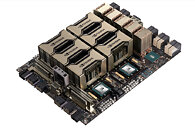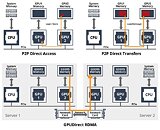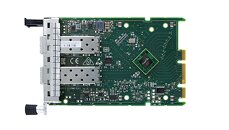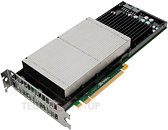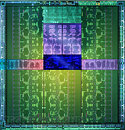Graid Technology Unveils SupremeRAID(TM) AE: The AI Edition Designed for GPU-Driven AI Workloads
Graid Technology, the global leader in innovative storage performance solutions, is proud to announce the launch of SupremeRAID AE (AI Edition), the most resilient RAID data protection solution for enterprises leveraging GPU servers and AI workloads. Featuring GPUDirect Storage support and an intelligent data offload engine, SupremeRAID AE redefines how AI applications manage data, delivering unmatched performance, flexibility, and efficiency.
SupremeRAID AE's cutting-edge technology empowers organizations to accelerate AI workflows by reducing data access latency and increasing I/O efficiency, while protecting mission-critical datasets with enterprise-grade reliability. Its seamless scalability enables enterprises to meet future AI demands without overhauling existing infrastructure. Designed for a wide range of users, SupremeRAID AE benefits AI/ML teams by delivering faster training and inference for data-intensive models, enterprises with GPU servers by optimizing GPU performance for critical workloads, and data scientists and researchers by providing seamless access to vast datasets without bottlenecks. IT teams also gain resilient, scalable RAID storage that integrates effortlessly into existing systems without requiring additional hardware.
SupremeRAID AE's cutting-edge technology empowers organizations to accelerate AI workflows by reducing data access latency and increasing I/O efficiency, while protecting mission-critical datasets with enterprise-grade reliability. Its seamless scalability enables enterprises to meet future AI demands without overhauling existing infrastructure. Designed for a wide range of users, SupremeRAID AE benefits AI/ML teams by delivering faster training and inference for data-intensive models, enterprises with GPU servers by optimizing GPU performance for critical workloads, and data scientists and researchers by providing seamless access to vast datasets without bottlenecks. IT teams also gain resilient, scalable RAID storage that integrates effortlessly into existing systems without requiring additional hardware.






















